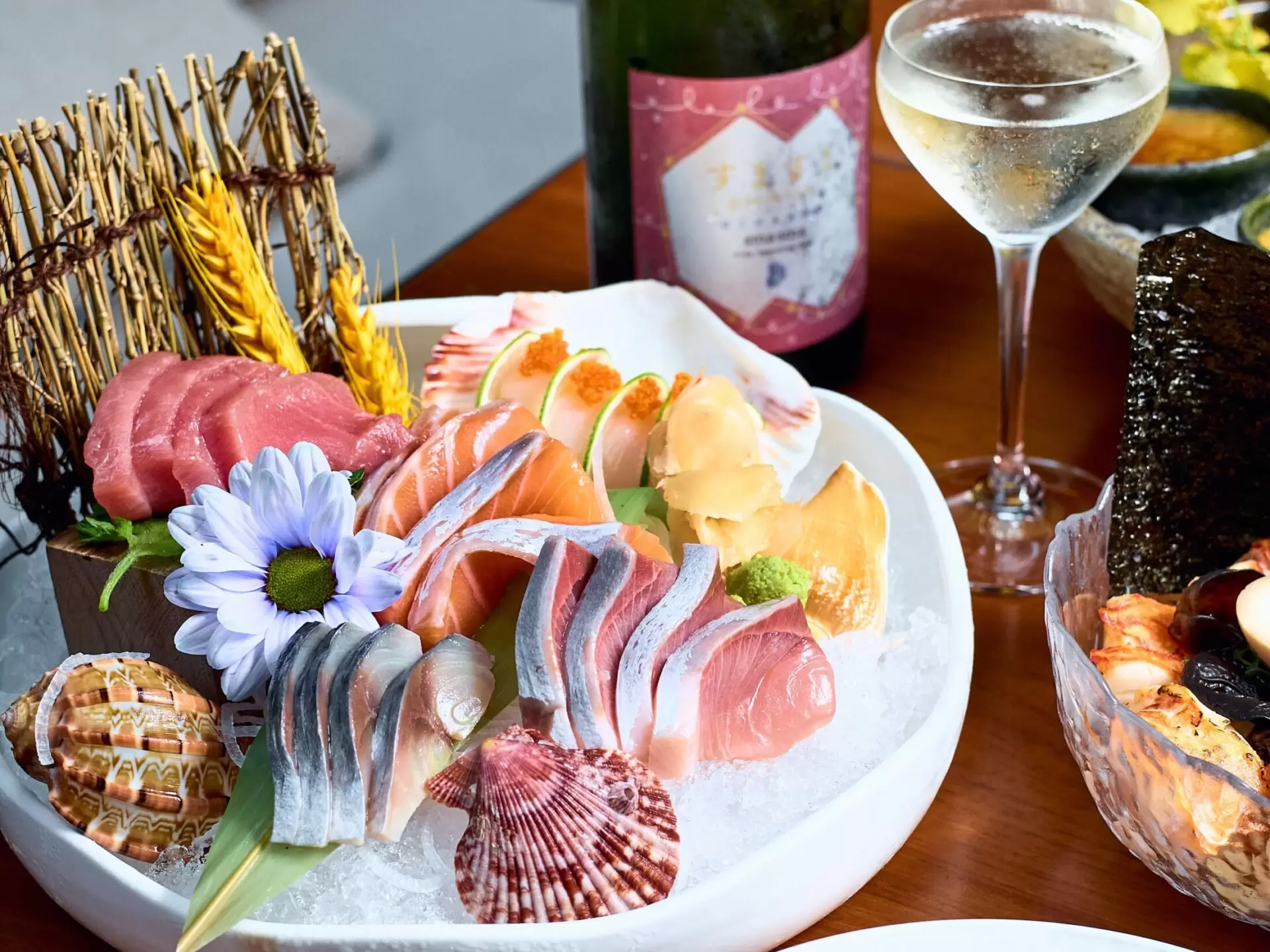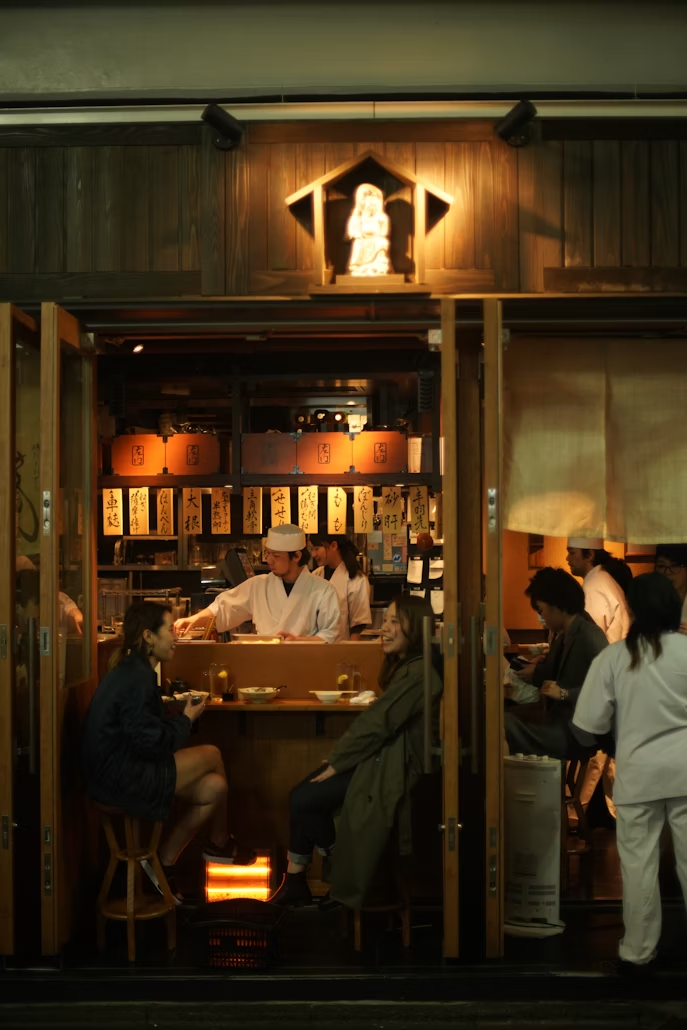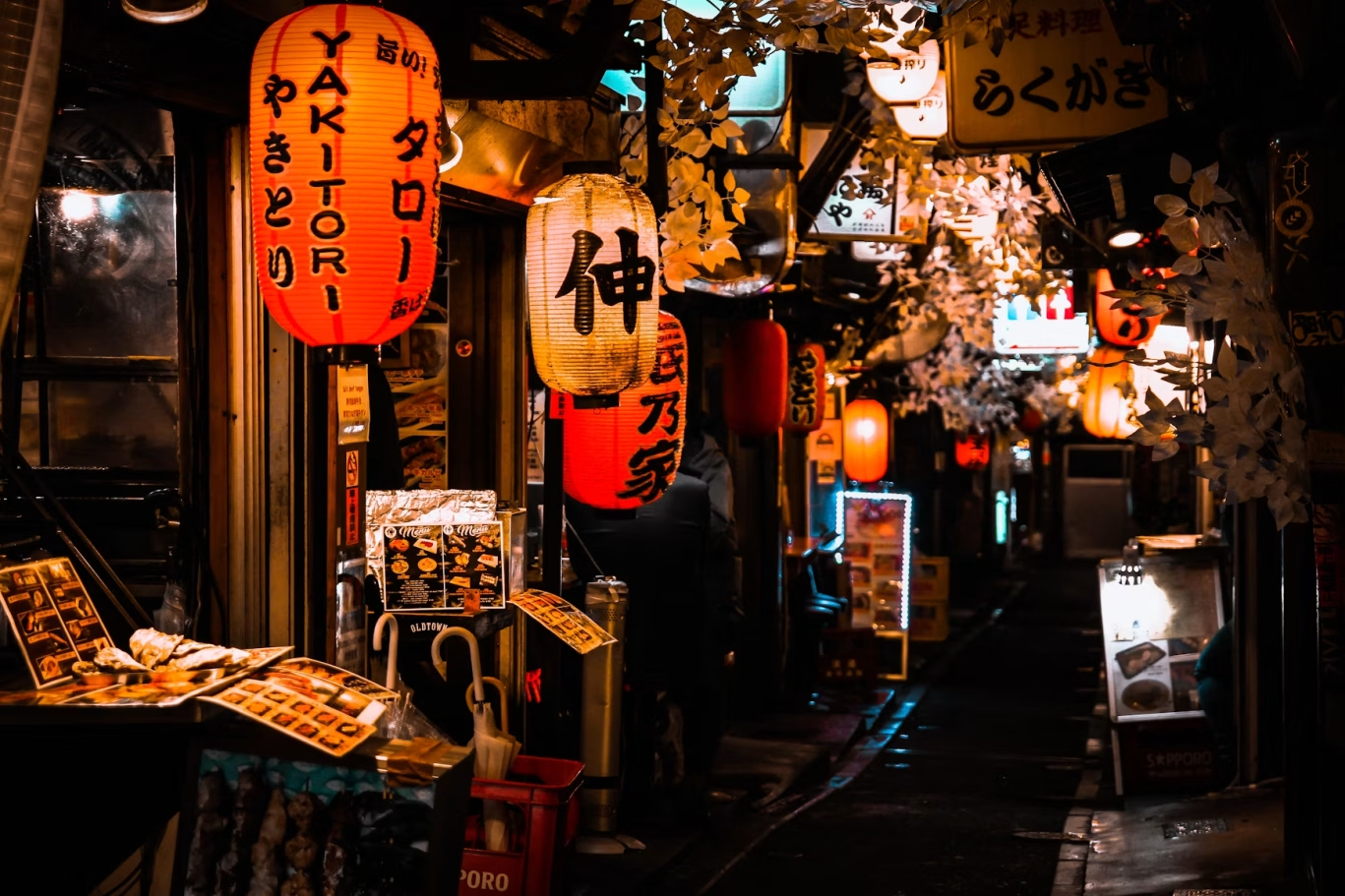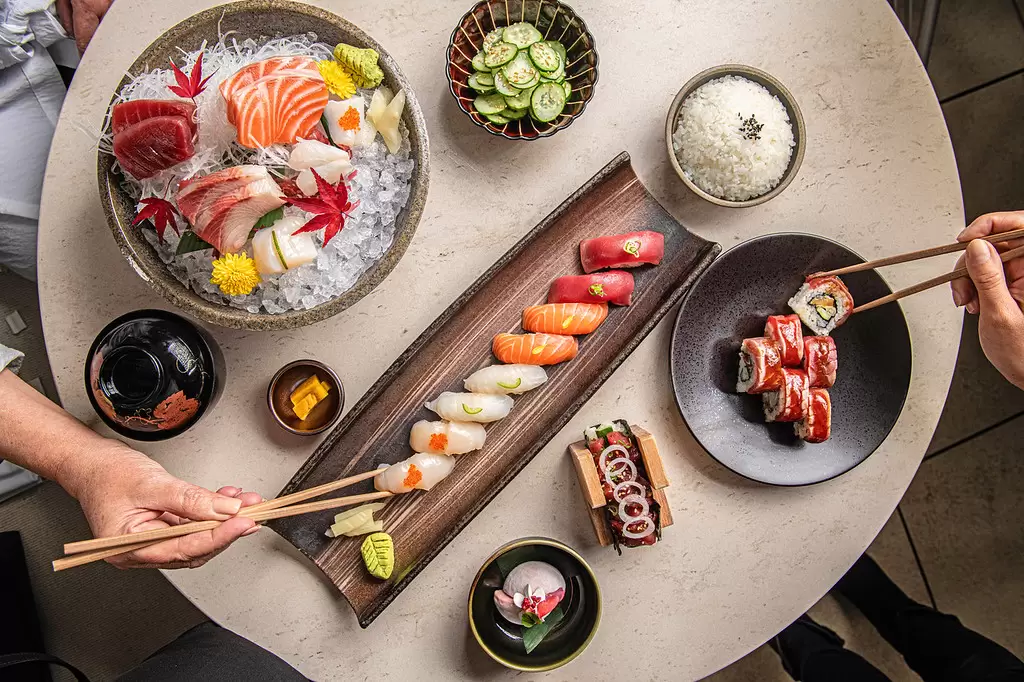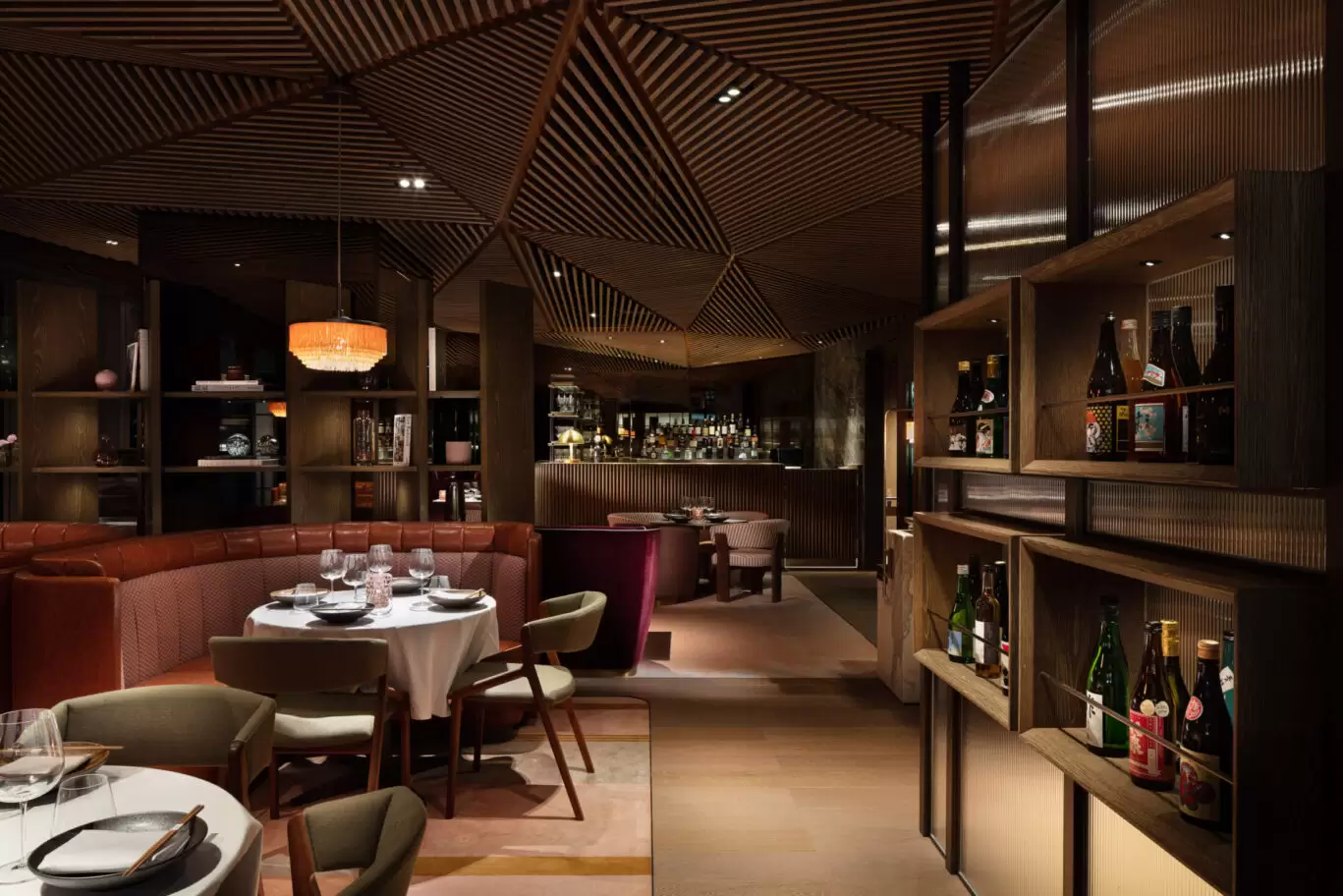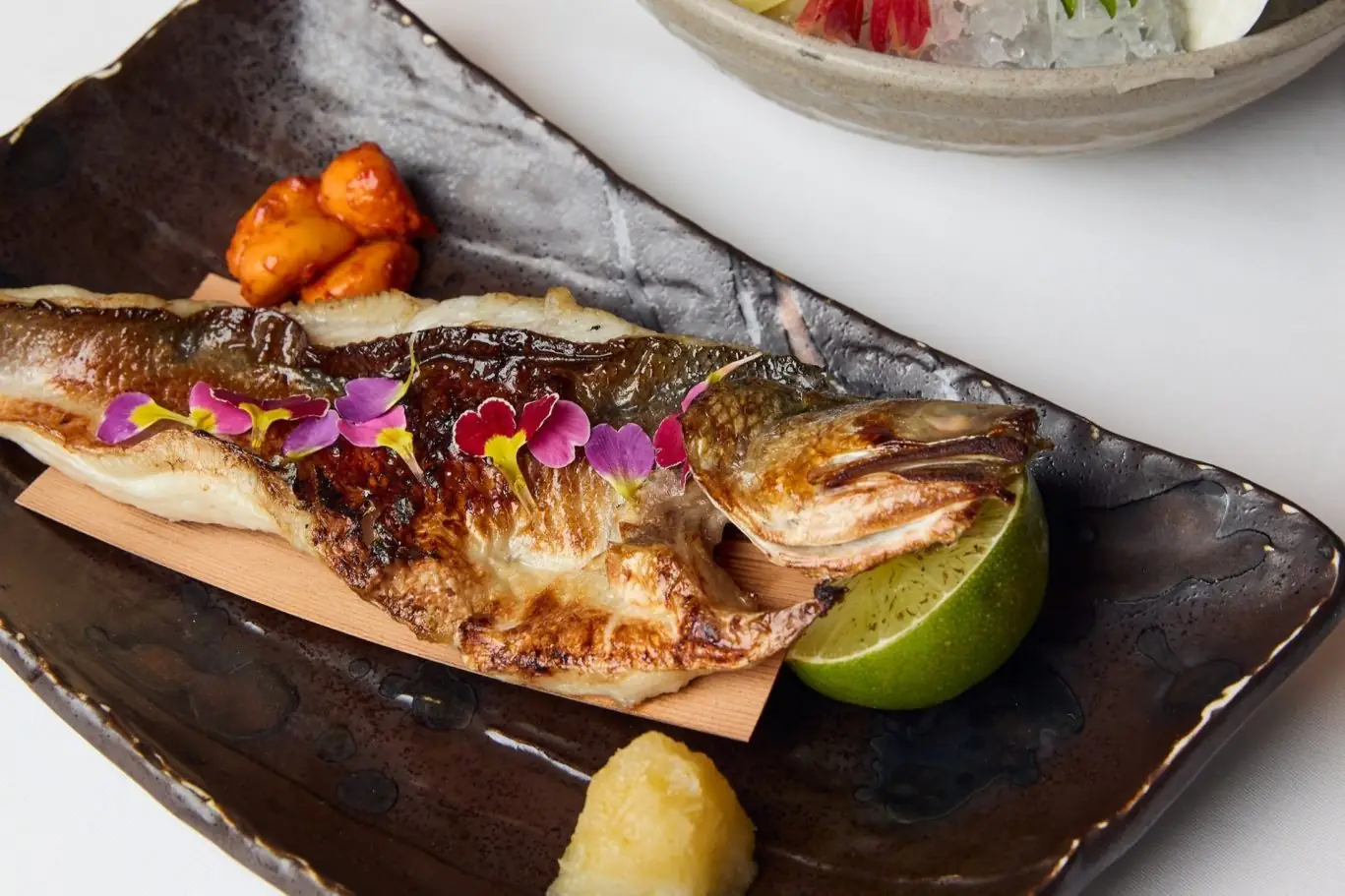Zoku Japanese Restaurant: An Authentic Izakaya Experience in Wan Chai
After learning about the unspoken rules of Japanese izakaya culture, if you wish to experience a dining atmosphere and etiquette close to that of Japan right here in Hong Kong, why not choose a Japanese restaurant that excels in both quality and sincerity?
Zoku Japanese Restaurant is a highly-rated choice in the Wan Chai area, offering not only authentic cuisine but also emphasizing the finer points of etiquette and dining culture.
Located on the second floor of The Hari Hong Kong in Wan Chai, Zoku Japanese Restaurant blends modern design with traditional Japanese elements, creating an elegant yet warm and inviting space.
The interior features abundant wood and Japanese-inspired details, illuminated by soft, warm golden lighting to foster a cozy and comfortable ambiance. With a variety of seating options, including plush booths and outdoor terrace seating, it is perfect for casual drinks with friends, as well as corporate events and family gatherings.
Zoku offers a diverse and innovative menu of Japanese cuisine rich in seasonal flavors. The main menu focuses on high-quality ingredients and a balanced, healthy approach, featuring everything from traditional hot dishes to modern Japanese-inspired creations.
Many ingredients are sourced directly from Japan, prepared with meticulous attention to detail, and each dish showcases the Japanese culinary philosophy of “less is more,” where flavor stems from freshness.
- Sashimi & Sushi: Featuring premium ingredients such as deep-sea sea bream, toro, sea urchin, and Hokkaido scallops. The restaurant also offers chef’s selection platters of assorted sushi and sashimi, delivering a fresh and authentic taste experience.
- Appetizers & Small Plates: A wide variety including tuna belly tartare, wagyu gyoza, and miso foie gras, perfect for pairing with drinks and rice.
- Hot Dishes & Grilled Items: Signature A4 Miyazaki wagyu, charcoal-grilled squid, chicken thigh skewers, and saikyo miso black cod. These dishes are carefully prepared over charcoal or slow-cooked to ensure every bite is full of flavor.
- Vegetarian & Innovative Dishes: Options such as grilled maitake mushroom hand rolls, Japanese eggplant, and Japanese-style fried tofu cater to vegetarians while offering diverse and healthy flavors.
- Main Courses & Desserts: Includes sea urchin fried rice and lobster soba. For dessert, indulge in signature choices like black sesame cheesecake, matcha Basque burnt cheesecake, and corn crème brûlée, blending French pastry techniques with Japanese lightness.
The restaurant’s drink menu is equally extensive, covering Japanese sake, shochu, plum wine, and a range of original cocktails, strongly advocating the Japanese drinking culture and food pairings. For example:
- Sake Selection: A curated list of junmai daiginjo and special honjozo sakes from regions like Yamagata, Kyoto, and Mie, including “Gassan,” “Yamagata Masamune,” and “Saku Ga No Chie.” These offer fruity aromas and a spectrum of tastes from dry to rounded, perfect with fresh fish and grilled dishes.
- Shochu: Includes Yasuda sweet potato shochu, Ooyama root sweet potato shochu, along with a variety of whiskies and wines to suit different occasions.
- Signature Cocktails: Standouts like the “Zoku Sochu Martini,” “Chakai,” “Hatsukoi,” and “Suzie Wong” incorporate local and Japanese elements for a unique taste profile. Some blends combine sake, tea aromas, floral notes, and fruits, adding a fun twist to any gathering.
- Non-Alcoholic Drinks & Teas: Options such as “Komorebi” and “Itadakimasu” are ideal for non-drinking guests and reflect the subtle, refined aesthetics of Japanese beverages.
Zoku Japanese Restaurant not only recreates the authentic spirit and dining etiquette of a Japanese izakaya but also perfectly merges traditional and modern Japanese cuisine.
Whether you’re looking for a place to unwind with colleagues and friends or to immerse yourself in Japanese dining culture, you can enjoy genuinely attentive service and a harmonious, elegant atmosphere here.
The restaurant further offers a diverse selection of sakes, cocktails, and food-and-drink pairings, allowing you to fully embrace the Japanese concept of “the integration of dining and socializing,” truly living up to the essence of “Zoku” (族 – tribe/family).
